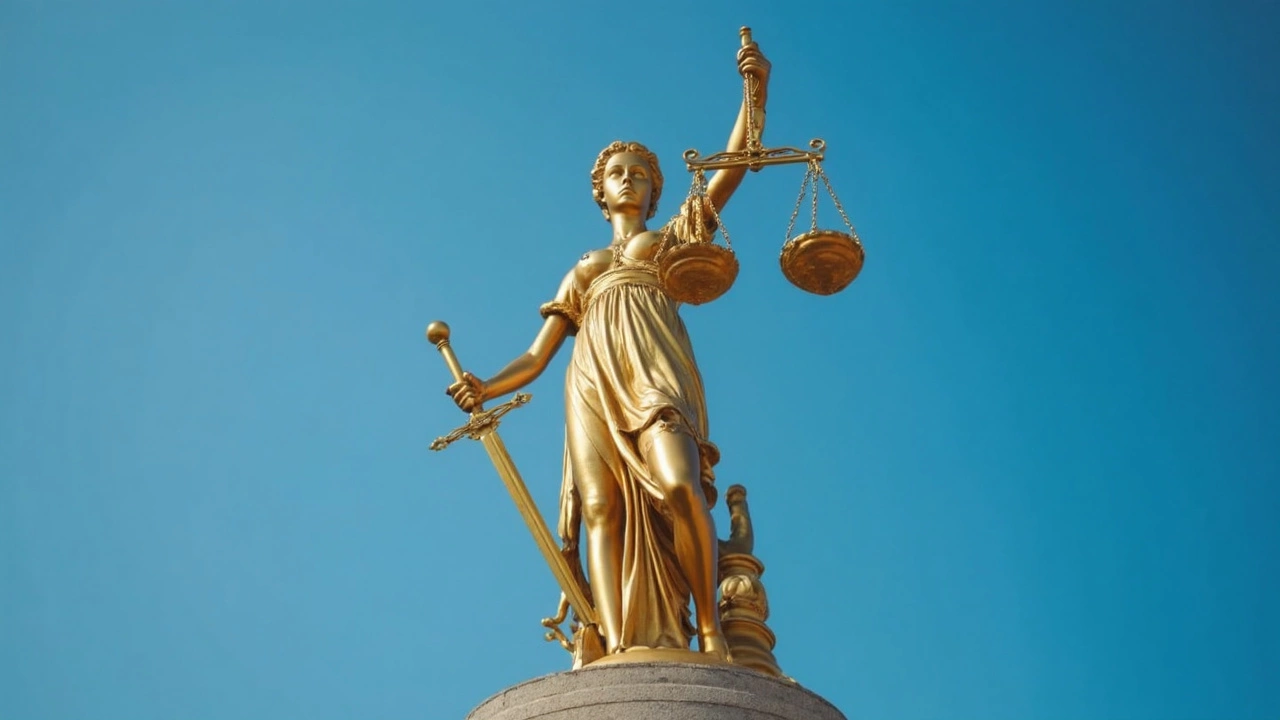Explicit Images – What They Are and Why They Matter
When dealing with Explicit Images, photographs or video frames that show graphic, adult, or otherwise sensitive content. Also known as NSFW visuals, they often spark debate about what should appear in public feeds, news bulletins, or sports coverage. In the UK, the line between informative reporting and sensationalism can be thin, and each story we tag with the term walks that line. explicit images are more than shocking pictures – they are data points that shape public opinion, legal battles, and platform policies.
Key Factors Shaping the Use of Explicit Images
One of the biggest forces behind the spread or removal of such visuals is Media Censorship, the practice of limiting or controlling what visual content reaches audiences. Governments, regulators, and sometimes private broadcasters decide which frames stay on air. In Canada, for example, a rap group was barred from performing after a flag‑waving incident that included graphic symbols. That decision shows the triple: Media Censorship influences the distribution of explicit images, regulators set the rules, and creators must adapt. The result is a patchwork of guidelines that differ from one country to the next.
Artists and journalists often push back, citing Artistic Freedom, the right to express ideas through visual, musical, or literary means without undue restriction. When a band waves a controversial flag or a photographer captures a protest’s raw moments, they claim the images serve a public purpose. The conflict is clear: Artistic Freedom clashes with Media Censorship over explicit images, each side arguing for the truth or for protection. This tension appears in stories about political activism, celebrity scandals, and even sports protests, where a single photo can become a headline.
Privacy laws add another layer. The UK’s Online Safety Act and similar statutes require platforms to protect individuals from non‑consensual distribution of intimate or graphic material. Consent, age verification, and the right to be forgotten become crucial when a leaked photo spreads quickly. These rules mean publishers must weigh the news value of an image against potential legal exposure, especially in cases involving public figures or victims of violence.
Digital platforms tackle the problem with content moderation tools. Algorithms scan for nudity, blood, or weapons and flag or blur them automatically. Yet the technology isn’t perfect – a food‑marketing photo from KFC’s new pink restaurant can be mistakenly blocked, while a genuine documentary frame about a blues legend might slip through. The ongoing triple here is: Content moderation requires sophisticated tech, but human judgment still decides the final outcome for explicit images.
In the sports world, explicit images show up in unexpected places. A pre‑season tour photo of Tottenham’s squad may capture a fan’s passionate chant that includes a controversial banner. A casino shooting report includes graphic footage that forces editors to decide how much detail serves the public. Even a story about an inventor’s disappearance can feature disturbing surveillance stills. All these examples illustrate how the tag "explicit images" pulls together politics, entertainment, safety, and culture under one umbrella.
Understanding these forces helps you read the stories that follow with a sharper eye. Below you’ll find a mix of headlines – from protest bans and food‑tech rollouts to celebrity gossip and safety debates – each linked by the common thread of explicit images. As you scroll, notice how each piece reflects the push‑pull between censorship, freedom, privacy, and technology, and consider what that means for the media you consume.
